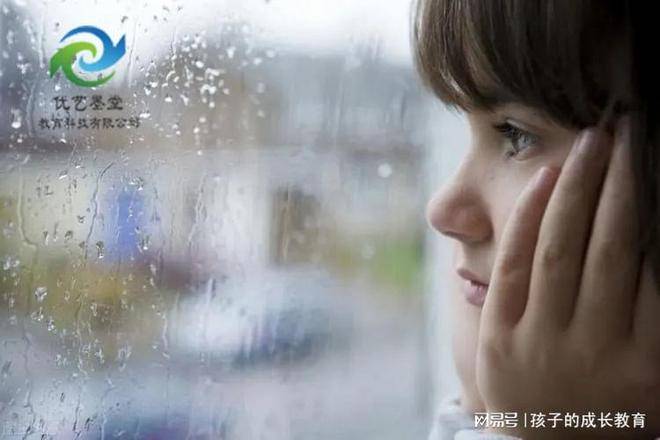Adolescent anxiety and depression are becoming younger. The psychological crisis cannot be merely hidden in “psychology.”
Introduction
In contemporary society, with the acceleration of life pace and the intensification of social competition, adolescents are facing unprecedented psychological pressure. In recent years, the issues of adolescent anxiety and depression have shown a clear trend of becoming increasingly prevalent among younger individuals, attracting widespread attention from all sectors of society. This psychological crisis not only impacts adolescents’ mental and physical health but also deeply affects their learning, lives, and future development. Therefore, we cannot just conceal this psychological crisis at the “psychological” level; we should engage in in-depth discussion and proactive responses from multiple angles. Psychological Consulting Company.
1. The Current Situation of Adolescent Anxiety and Depression
According to data from the “China Youth Development Report,” the proportion of adolescent depression has been rising year by year, becoming a serious issue affecting their healthy growth. Additionally, reports from “Health Times” indicate that self-harm incidents are frequent, and the onset of depression is occurring at younger ages. How to care for the mental well-being of adolescents has become the focus of societal attention. These data and reports reveal the severity of the issues surrounding adolescent anxiety and depression.
2. Analysis of the Causes of Adolescent Anxiety and Depression
The causes of adolescent anxiety and depression are multifaceted, including biological factors, psychosocial factors, and environmental factors.
Biological Factors
Genetic factors play a certain role in adolescent depression. Studies have found that adolescents with a family history of depression are at a higher risk. Additionally, imbalances in brain chemicals may also be one of the causes of adolescent depression.
Psychosocial Factors
Psychosocial factors such as family environment, academic pressure, and interpersonal relationships have significant impacts on adolescents’ mental health. Unfavorable family environments, excessive academic expectations, and complicated interpersonal relationships can all become triggers for adolescent anxiety and depression.
Environmental Factors
Environmental factors such as social competition, internet environments, and the pandemic also affect adolescents’ mental health. The rapid development of society and intense competition place enormous pressure on adolescents, while the complexity of the internet environment and the impact of the pandemic exacerbate their anxiety and depressive emotions.
3. The Impact of Adolescent Anxiety and Depression
Adolescent anxiety and depression not only affect their individual development but also have widespread impacts on families and society.
Individual Level
Anxiety and depression can lead to learning difficulties, social barriers, and issues with self-identity in adolescents, severely affecting their physical and mental health and future development.
Family Level
The psychological problems of adolescents can impose a heavy burden on families, affecting the family atmosphere and parent-child relationships.
Social Level
The high prevalence of psychological problems among adolescents consumes significant social resources and may trigger a series of social issues, such as an increase in juvenile crime rates.
4. Strategies for Addressing Adolescent Anxiety and Depression
In the face of the trend of younger ages for adolescent anxiety and depression, we need to adopt comprehensive response strategies from multiple levels: family, school, and society.
Family Support
Parents should enhance their understanding of adolescents’ psychological issues, provide a warm and supportive family environment, strengthen communication with their children, and promptly identify and address issues.
School Education
Schools should strengthen mental health education, popularize psychological counseling services, help adolescents establish correct mental health concepts, and improve their psychological adaptability.
Social Intervention
Governments and social organizations should increase attention and support for adolescent mental health, formulate relevant policies, provide professional psychological intervention services, and create a healthier and more harmonious social environment for adolescents.
5. Conclusion
The younger onset of adolescent anxiety and depression is a complex social phenomenon that requires in-depth analysis and proactive responses from multiple angles. Only through the joint efforts of families, schools, and society can we effectively help adolescents overcome psychological crises and promote their healthy growth. Let us join hands to focus on the mental health of adolescents and create a better future for them.


